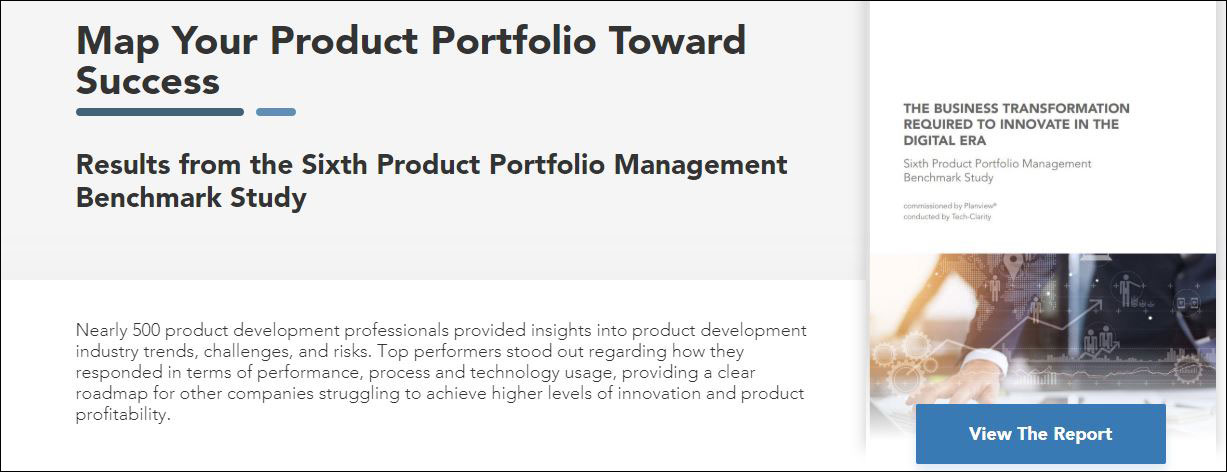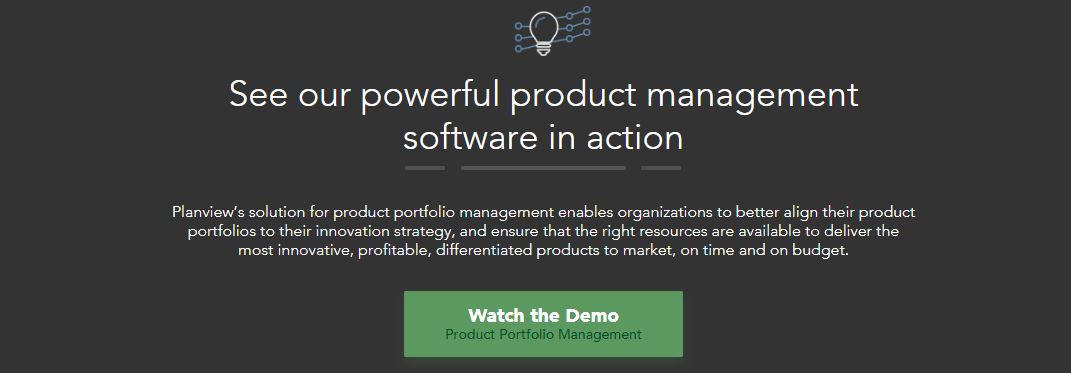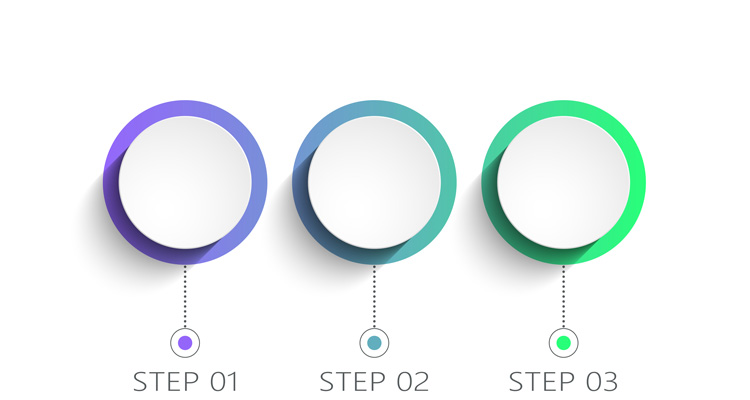
In part seven of this series, we presented a sense of managing the product development process. In part eight, the last in the series “The Complexity of Managing Smarter, More Connected Products,” we’re examining product portfolio management best practices as a recap of the entire series. In it, we’ll cover key takeaways from the series, so you can advance your product development practices.
Interested in catching up on the other parts of this series? Click through the list below or save it for later reference.
- Part 1: The Complexity of Managing Smarter, More Connected Products
- Part 2: Connecting Innovation Investments with Delivery
- Part 3: Managing Product Portfolio Challenges in the Digital Age
- Part 4: Ensuring the Life Blood of Your Business: Data Visibility
- Part 5: Product Development Processes: Changing the Game
- Part 6: Technology: The Key to Solving Product Portfolio Challenges
- Part 7: A Product Development Process for Successful Strategic Outcomes
Part 8: What Does It All Mean?
The push for smart, connected products and services is making the product development process more difficult. Organizations are in unfamiliar territory trying to manage all the moving parts of today’s digital initiatives—a complicated web of interrelationships, a need for new skills and organizational capabilities, and ever-changing market conditions and emerging competitors. Virtual, cross-functional product development teams must focus on dependent variables such as products, technologies, services, locations, applications, and other essentials—often concurrently.
The inability to meet many product development KPIs stems from a lack of a clear innovation strategy caused by two basic issues that the right solution can help you solve:
- Inaccurate or stale data and inconsistent processes
- Technology that cannot provide visibility across the organization to drive digital initiatives and deliver smart, connected products
In this series, we’ve focused on how top performers are using Agile and technology to transform your business. To wrap everything up, here are seven key takeaways from the research.
- Manage Strategy Better – Connect Strategy and Execution
Too many organizations still rely solely on Gantt charts, spreadsheets, slide presentations, e-mail, and meeting conversations. While e-mail and spreadsheets aren’t going away, relying on them to manage the whole of your product portfolio creates an unnecessarily difficult situation—they don’t enable a holistic and long-term vision or effective overarching strategy. They also do not provide managers with an efficient way to connect strategy to execution/delivery.
The study demonstrated that the top performers are better at delivering against strategy and implement course corrections, and are more likely to use purpose-built tools, such as product portfolio management software, to give them visibility across the organization and operationalize their strategic plan.
- Don’t Lose Your Focus on What’s Important
The survey indicates that top performers had a concentrated focus on product portfolio management. For example, they are three times as likely to have an “excellent” ability to accurately manage and forecast resource capacity, which is critical for making informed portfolio decisions.
They also seem to have made the connection that to be a competitive product manufacturer in this new market of digital products and offerings, the right technology is also the key to managing the portfolio. These top performers use purpose-built technology to prioritize the highest value products in the portfolio, optimize resource allocations across the portfolio, and balance the product mix.
- Access to Data Is Key
Data is, or should be, the foundation for decision making for every organization. Yet, nearly one-third of the product professionals surveyed said their data is inaccurate, and 36 percent said their data is not timely or current. However, companies are learning and acting.
According to the 2018 study, only 4% of study participants had no access to data, compared to 28% that reported they had immediate access to accurate data, nearly double that of 2013. Top performers are exploiting the discipline of timely and accurate data access. In fact, their performance is directly tied to harnessing data across the organization and using it to drive strategic innovation decisions.
- Process, Process, Process
According to the study, there is a major gap between companies failing to implement consistent product innovation and product development processes. Perhaps this is because even though companies understand that product development processes are performance drivers, there is still debate about the type of process that works best. As we have examined the execution aspect of data driven decisions, we’ve seen that there is room for improvement in repeatable process management.
Interestingly, though, the study also revealed the surprising fact that organizations that follow repeatable, measurable processes fare better than those that don’t, regardless of the methodology. They reported that they are better able to make powerful trade-off decisions, identify potential roadblocks that threaten key milestones, and execute their strategy adeptly.
- Better Technology Equals Better Performance
Top Performers are 30 percent more likely to use PPM software solutions. These high-value solutions allow them to drive digital transformation, product innovation, and business value. This technology, tailor-made for growing organizations, significantly enables better resource management and capacity planning. As a bonus, it also enables faster and more effective decision making because it’s based on analytics and real-time, calibrated reporting.
These benefits are a direct result of allowing stakeholders to see the complete portfolio rather than just the segments pertinent to their day-to-day concerns, which all comes back to the enabling technology they utilize.
- Dynamic adaptability is no longer a luxury
Annual planning is no longer enough. Constantly changing markets, customer demands, and evolving technology is now a business reality. Product leaders must be able to pivot strategy as needed, reprioritizing work as conditions change. Strategies evolve, and leaders must continuously plan as part of an ongoing exercise.
This principle holds true for resource capacity planning and portfolio prioritization as well. Resource planning requires continual evaluation and a willingness and capability to shift and adapt. And while, in theory, this effort can be managed with office tools like spreadsheets, the right technology can make the difference between success and failure. The right product portfolio management solution can provide an on-demand view into the state of your portfolio, ensuring the ability to make quick strategic and tactical decisions.
If you’ve been following this eight-part series, we hope you’ve found the information useful as you transform your organization into a top performer like those we’ve described. If you haven’t followed the series, consider reading the first seven segments, listed above, so we can fill you in on how to lay the groundwork for digital transformation in your organization.
Don’t forget to read the full benchmark report “The Business Transformation Required to Innovate in the Digital Era” and to register for the webinar, “The Surprising Secrets to Delivering Smarter, More Connected Products,” to learn more.






